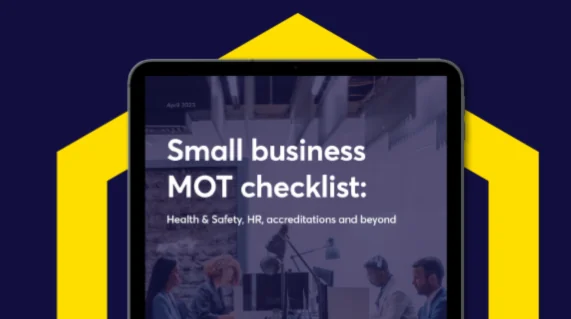Shift Working Guidelines for Employers
HSE Defines Shift Working As:
There is no specific definition of shift work in law, but it is usually taken to mean a work activity scheduled outside standard daytime hours, where there may be a handover of duty from one individual or workgroup to another; a pattern of work where one employee replaces another on the same job within a 24-hour period.
Night work is defined within the working-time directive; typically it involves work between the hours of 11 o’clock in the evening and 6 o’clock in the morning, but can be agreed between employers and the workforce to be any seven-hour period that includes the period from midnight until 5 o’clock in the morning.
The Key Risk Factors With Shift Working Are:
- Long-term shift working, can lead to fatigue and sleep debt, which is often a contributory factor in accidents and may lead to ill health and poor performance
- early mornings, especially where driving is involved
- night working (particularly for women where hormonal changes respond to exposure to light at night)
- back-to-back shifts
- insufficient rest between shifts.
Recommendations for Employers
- Carry out a risk assessment as required by the Management of Health and Safety at Work Regulations 1999. Use the HSE Fatigue and Risk Index Calculator if required
- minimise back-to-back night shifts as far as possible
- take appropriate action if health risks are identified
- have a formal process so that employees can raise concerns about health at work and monitor the situation (introduce health surveillance where appropriate – there is a legal duty under Working Time Regulations to offer a free health assessment to night workers)
- ensure hours are recorded and Working Time Regulations are observed
- include driving time needed to get to and from a place of work (eg site work)
- allow sufficient rest between shifts and, where possible, allow compensatory rest when overtime has been worked
- identify any vulnerable groups such as expectant mothers and workers with pre-existing conditions and undertake specific risk assessments;
- where it is medically certified that night work will affect the health of a new or expectant mother then there is an obligation for the employer to offer suitable alternative work at a similar rate of pay or suspend full pay
- allow for regular rest breaks
- some people cope with shift working better than others and are naturally either ‘owls’ or ‘larks’, therefore, in the first instance allow workers to volunteer for shifts which suit their body clock
- control methods or risk reduction techniques must be used to:
- provide a clear statement to workers that the risk of working shifts is taken seriously at all levels of the organisation
- provide information on policy including implementation
- properly understand what is involved in all areas of operation in order to implement appropriate and effective controls
- monitor the measures put in place to protect against ill effects caused by shift working and review to ensure ongoing effectiveness.
Case Law
The Danish government has started paying compensation to women who have developed breast cancer following years of working night shifts.
It follows a ruling from a United Nations advisory body that night work could be linked with an increased risk of cancer.
The International Agency for Research on Cancer – part of the World Health Organisation says shift work is probably carcinogenic to humans, with long-term night workers having a higher level of breast cancer than women who do not work at night.
HSE research indicates that this association is appreciable but not definitive and has published a research report on the evidence.
Legal Duties
The main areas of health and safety law relevant to shift working are:
- the Health and Safety at Work etc Act 1974
- the Management of Health and Safety at Work Regulations 1999 (as amended)
- the Working Time Regulations 1998 (as amended)
- industry-specific legislation such as the Railway and Other Guided Transport Systems (Safety) Regulations 2006 (as amended) (ROGS).
Refer also to HSE Guidance HSG256 – ‘Managing Shift Work’.





